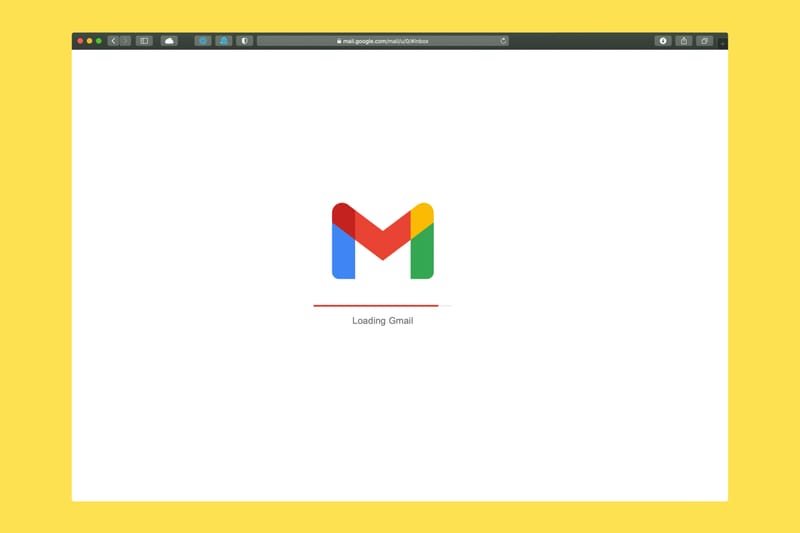Email Automation for E-commerce: Boosting Sales with Targeted Campaigns
Email automation is a powerful tool for e-commerce businesses to boost sales and nurture customer relationships. By leveraging targeted campaigns, online retailers can effectively engage customers throughout their buying journey. This article explores various email automation strategies specifically designed for e-commerce websites, including abandoned cart reminders, post-purchase follow-ups, and personalized product recommendations. We'll delve into the benefits of these automated campaigns and provide insights on how to implement them successfully. Learn how to increase conversions, enhance customer loyalty, and drive revenue growth through strategic email automation techniques tailored for the e-commerce landscape.Table of Contents:
-
The Power of Email Automation in E-commerce
- Abandoned Cart Reminders: Recovering Lost Sales
- Post-Purchase Follow-ups: Enhancing Customer Experience
- Personalized Product Recommendations: Driving Upsells and Cross-sells
- Re-engagement Campaigns: Winning Back Inactive Customers
- Implementing and Optimizing Email Automation
- Abandoned Cart Reminders: Recovering Lost Sales
- Post-Purchase Follow-ups: Enhancing Customer Experience
- Personalized Product Recommendations: Driving Upsells and Cross-sells
- Re-engagement Campaigns: Winning Back Inactive Customers
- Implementing and Optimizing Email Automation

The Power of Email Automation in E-commerce
Email automation has revolutionized the way e-commerce businesses communicate with their customers. By sending targeted, timely, and personalized messages, online retailers can significantly increase engagement and drive sales.Automated email campaigns allow businesses to reach customers at crucial touchpoints in their buying journey, from initial interest to post-purchase follow-ups. This consistent communication helps build brand loyalty and encourages repeat purchases.
Moreover, email automation saves time and resources by eliminating the need for manual interventions, allowing e-commerce teams to focus on strategy and optimization rather than day-to-day email management.
Do you need a website? Want to build a website but don't know where to start? Our website builder is the perfect solution. Easy to use, and with the ability to customize to fit your business needs, you can have a professional website in no time.
Abandoned Cart Reminders: Recovering Lost Sales
One of the most effective email automation strategies for e-commerce is the abandoned cart reminder. With an average cart abandonment rate of around 70%, these automated emails can help recover a significant portion of potentially lost sales.To create successful abandoned cart emails, consider the following tips:
1. Send the first reminder within an hour of cart abandonment
2. Use compelling subject lines to encourage opens
3. Include images of the abandoned items
4. Offer a time-limited discount or free shipping to incentivize completion
5. Make it easy to return to the cart with a prominent call-to-action button
By implementing a series of 2-3 abandoned cart emails, e-commerce businesses can effectively nudge customers to complete their purchases and boost conversion rates.
Post-Purchase Follow-ups: Enhancing Customer Experience
Post-purchase email automation is crucial for building customer loyalty and encouraging repeat business. These emails serve multiple purposes, from confirming orders to soliciting feedback and recommending complementary products.A well-structured post-purchase email sequence may include:
1. Order confirmation
2. Shipping notification
3. Delivery confirmation
4. Product usage tips or guides
5. Review request
6. Cross-sell or upsell recommendations
By providing value beyond the initial purchase, e-commerce businesses can enhance the overall customer experience and increase the likelihood of future sales. Additionally, these emails offer opportunities to gather valuable customer feedback and ratings, which can be leveraged to improve products and services.
Building a website with SITE123 is easy
Personalized Product Recommendations: Driving Upsells and Cross-sells
Leveraging customer data to provide personalized product recommendations is a powerful way to increase average order value and customer lifetime value. E-commerce businesses can use automation to send tailored product suggestions based on browsing history, past purchases, and customer preferences.Effective product recommendation emails should:
1. Use an attention-grabbing subject line
2. Showcase high-quality product images
3. Include brief, compelling product descriptions
4. Offer social proof through ratings or reviews
5. Feature a clear call-to-action to encourage clicks
By sending these personalized recommendations at strategic intervals, e-commerce businesses can keep their products top-of-mind and entice customers to make additional purchases.
Re-engagement Campaigns: Winning Back Inactive Customers
Re-engagement campaigns are essential for reconnecting with customers who haven't made a purchase or interacted with your brand in a while. These automated email sequences aim to reignite interest and encourage inactive customers to return to your e-commerce store.To create effective re-engagement campaigns:
1. Segment your inactive customers based on their last interaction or purchase
2. Craft compelling subject lines that spark curiosity
3. Remind customers of your brand's value proposition
4. Offer a special discount or incentive to return
5. Include a clear call-to-action to browse new products or current promotions
By implementing targeted re-engagement campaigns, e-commerce businesses can recover potentially lost customers and boost their overall customer retention rates.
Implementing and Optimizing Email Automation
To successfully implement email automation for your e-commerce business, follow these best practices:1. Choose a reliable email marketing platform with robust automation features
2. Segment your audience based on behavior, preferences, and purchase history
3. Create compelling, mobile-responsive email templates
4. Develop a consistent brand voice across all automated campaigns
5. Set up tracking and analytics to measure campaign performance
Regularly review and optimize your automated email campaigns by:
1. A/B testing subject lines, content, and send times
2. Analyzing open rates, click-through rates, and conversion data
3. Refining segmentation strategies based on customer behavior
4. Updating product recommendations and promotional offers
5. Adjusting the frequency and timing of emails to prevent fatigue
By continuously improving your email automation strategies, you can maximize their effectiveness and drive sustainable growth for your e-commerce business.





